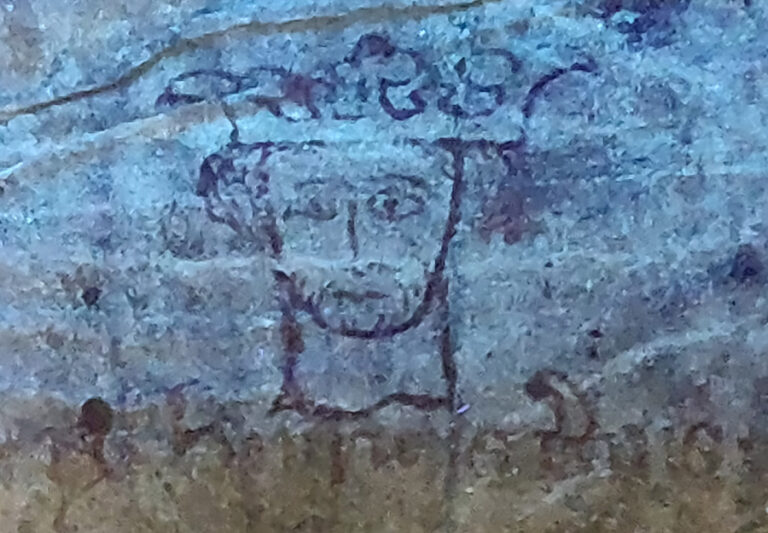750 years ago in 1272 there occurred the death on November 16th of King Henry III. This was followed by his burial on November 20th in the former tomb of St Edward the Confessor in Westminster Abbey, the rebuilding of which had been since 1245 one of the principal concerns of King Henry. Subsequently his body was moved to the splendid tomb created for it in the space around St Edward’s new shrine.
The Special Correspondent drew my attention to a post on the National Archives blog which commemorates this anniversary and also both draws attention to the treasure the NA holds and to the second volume of David Carpenter’s magisterial biography of the King.
The post arose from Prof Carpenter’s search for a doodle on the Exchequer Memoranda roll cover for what turns out to be 51 Henry III (1266-7) as an illustration for his new book. The article considers these doodles or sketches of prominent figures and their significance as well as their importance as a record of their subjects actual appearance.
The result of this, with the aid of modern technology, is that we are brought face to face with a quick sketch of the King, done by someone who would have seen him regularly at Westminster and who sought to depict the distinctive drooping eyelid recorded elsewhere.
So alongside the formal image conveyed by beautiful and elegant tomb effigy in Westminster Abbey and various label stops in other churches we can see King Henry as one of his clerks did. It is the medieval equivalent of a snapshot of the King aged sixty or thereabouts, able to resume his great project at Westminster after the upheavel of the baronial revolt spearheaded by his brother-in-law Simon de Montfort. Earl Simon’s defeat and death in a suitably apocalyptic thunderstorm at the battle of Evesham had restored the King’s freedom of action. An older, sadder perhaps, maybe wiser monarch in the autumn of his reign.

Image: National Archives
The article about the drawing can be viewed at


No comments:
Post a Comment